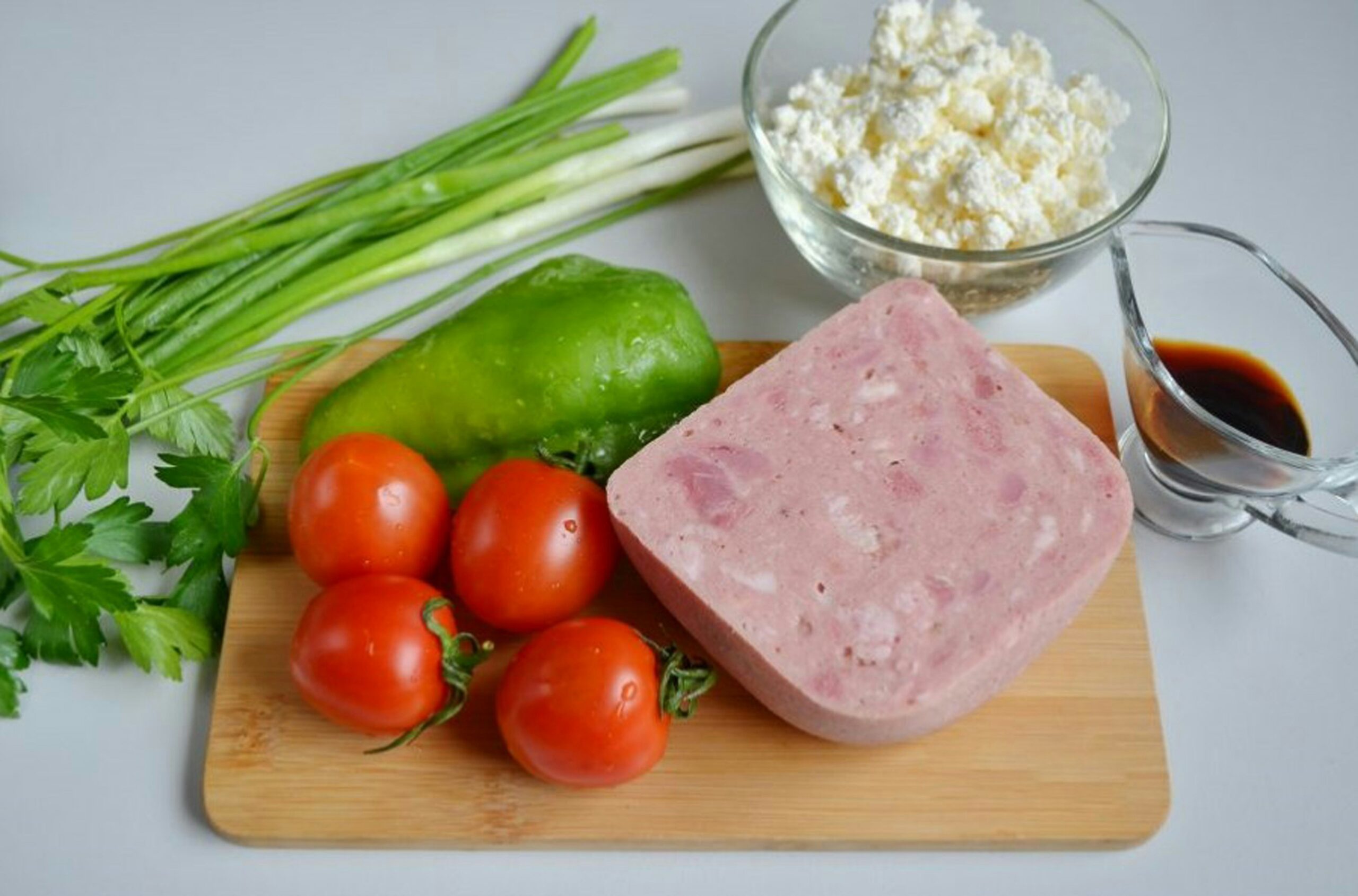

Introduction to Dietary Trends
Dietary trends come and go, captivating our attention with promises of better health and weight loss. From the frenzy surrounding superfoods to the buzz about intermittent fasting, it can be overwhelming to keep track of what’s in vogue. Two diets that have garnered substantial interest are the Keto and Paleo diets. But what do they really entail?
As we navigate these dietary waters, it’s essential to understand not just the rules but also how they fit into our lives. Everyone’s journey is unique, influenced by personal preferences and health goals. So whether you’re drawn to high-fat meals or crave a more ancestral approach to eating, this exploration will help you sift through the noise and find clarity amidst the trends. Let’s dive deeper into these popular diets and discover what might work best for you!
Understanding the Keto and Paleo Diets
The Keto diet focuses on high-fat, low-carb intake. The goal is to shift your body into a state of ketosis. In this state, your body burns fat for fuel instead of carbohydrates. This approach can lead to significant weight loss and improved energy levels.
On the other hand, the Paleo diet emphasizes whole foods similar to what our ancestors ate. This means fruits, vegetables, lean meats, and nuts are staples. Processed foods, grains, and dairy are typically excluded.
While both diets promote healthier eating habits, they do so in different ways. Keto restricts carbs drastically while emphasizing fat consumption. Paleo encourages a more balanced plate but doesn’t shy away from natural sugars found in fruits.
Understanding these differences helps you make informed choices about which path aligns with your health goals and lifestyle preferences.
Key Similarities and Differences between Keto and Paleo
Keto and Paleo diets often attract similar followers, yet they have distinct foundations. Keto focuses on macronutrient ratios, emphasizing high fats and extremely low carbohydrates. The aim is to induce ketosis, where the body burns fat for energy.
In contrast, the Paleo diet revolves around whole foods that mimic what our ancestors might have eaten. This approach encourages lean meats, fruits, vegetables, nuts, and seeds while eliminating processed foods and grains.
Both diets discourage sugars and processed items but differ in their views about certain food groups. While Paleo allows for more natural carbs from fruits and some starchy vegetables, Keto restricts these to maintain its strict carbohydrate limits.
Understanding these nuances helps individuals choose a path that aligns with their health goals while considering personal preferences regarding food consumption.
Combining Elements from Multiple Diets for Optimal Health
Exploring a mix of dietary approaches can lead to exciting and beneficial health outcomes. Many people find that blending elements from various diets suits their unique preferences and needs.
For example, incorporating the high-fat focus of keto with the wholesome foods emphasized in paleo can create a balanced meal plan. Think avocado salads topped with grilled chicken or coconut oil for cooking vegetables.
Listening to your body is key. Some may thrive on higher protein while others feel better with more carbs from fruits and veggies. It’s all about experimentation.
Keep an open mind as you navigate through different options. You might discover surprising combinations that energize your day-to-day life while supporting overall wellness. The beauty lies in customization—tailor your eating habits until they resonate deeply with you!
Finding the Right Balance for Your Unique Body and Lifestyle
Finding the right balance in your diet can feel like a daunting quest. Every body is unique, and what works wonders for one person might not resonate with another.
Start by listening to your body’s signals. Pay attention to how different foods make you feel. Are you energized after a meal? Or do certain choices leave you sluggish?
Experimentation can be enlightening. Try incorporating elements from various diets—keto’s low-carb focus or paleo’s emphasis on whole foods—and see how they fit into your routine.
Flexibility is key. Life changes, and so do our nutritional needs. Adaptability ensures that your eating habits support your lifestyle instead of dictating it.
Remember, health isn’t just about food; it’s also about mental well-being and enjoyment. Cultivating a positive relationship with food will guide you toward lasting balance without the stress of rigid rules.
Conclusion
Finding the right dietary approach can feel overwhelming with so many trends constantly emerging. Keto and Paleo are two popular diets that have gained a loyal following, each offering unique benefits and challenges. While Keto emphasizes high fats and low carbs, Paleo focuses on whole foods reminiscent of our hunter-gatherer ancestors.
Understanding the similarities and differences between these diets is crucial for making an informed decision. Both advocate for eliminating processed foods, but their macronutrient compositions vary significantly. This means you need to consider your personal health goals when choosing one over the other.
Many people find success by blending elements from multiple diets. For instance, incorporating some principles from Paleo into a Keto framework could provide variety while still aligning with your wellness objectives. It’s about finding what works best for you rather than sticking rigidly to one method.
Your lifestyle plays a significant role in determining which diet suits you best. Factors like activity level, food preferences, and any medical conditions should guide your choices as well. Listening to your body is vital; it will often give you clues about what nourishes or drains your energy.
Navigating dietary trends requires patience and exploration. Taking time to assess how different foods make you feel can lead to lasting changes that enhance both physical health and overall wellbeing.
